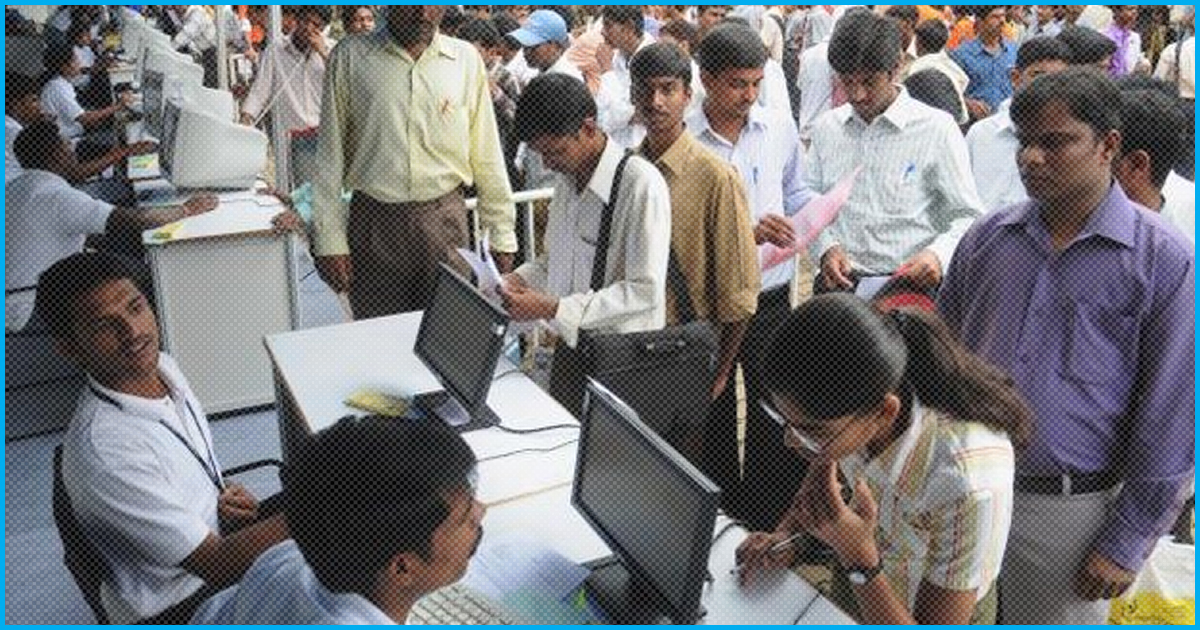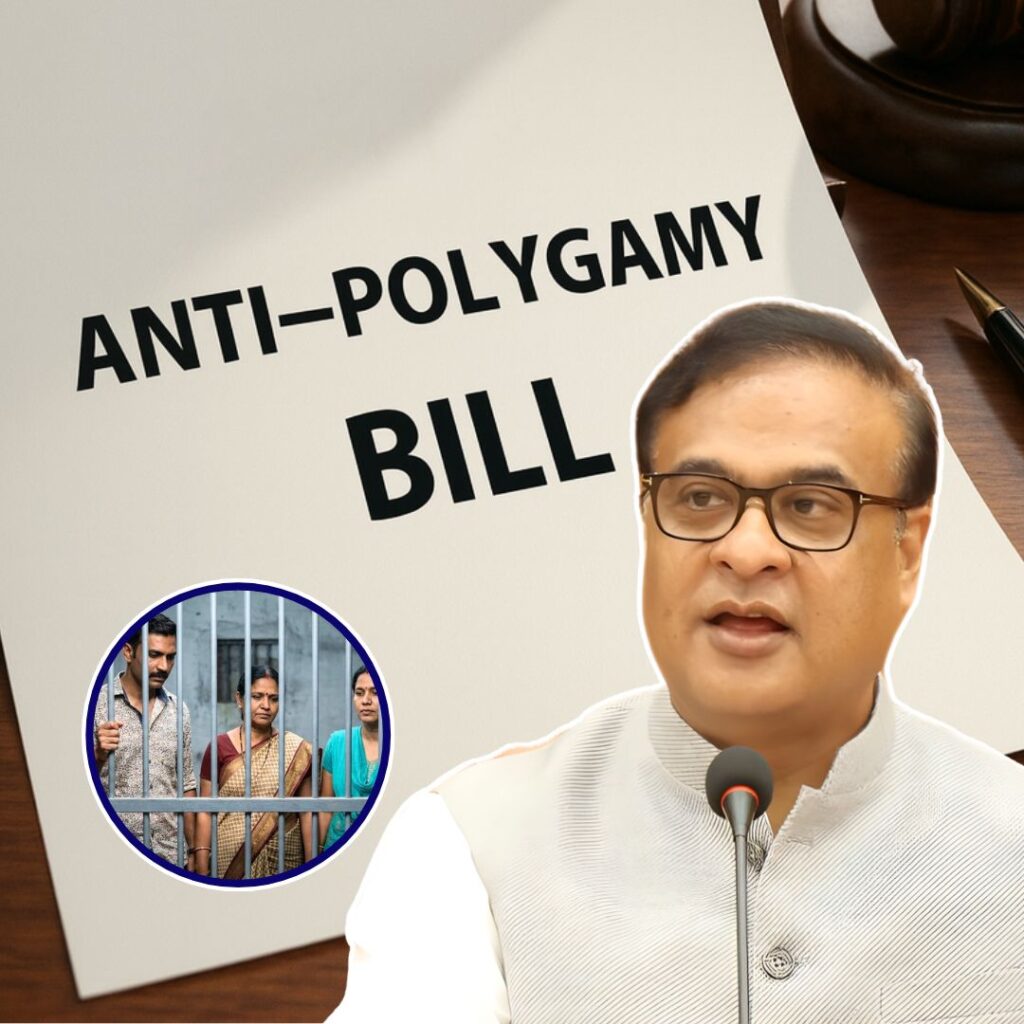A recent report prepared by the Centre for Sustainable Employment of the Azim Premji University highlighted the glaring problems of unemployment which plagues in our country. The report–‘State of Working in India’-had made many shocking revelations. It said that India currently has the highest rate of unemployment in the last 20 years. It also highlighted that the jobs that are existing are low paying; 82% of male and 92% of female workers earn less than 10000 per month in the country. Notably, this figure is less than the minimum salary of 18000 a month which was recommended by the 7th Pay Commission for government employees. The report further suggests that a large chunk of the working class is not being paid what the report termed as ‘living wage’. This has increased the competition for securing government jobs.
Key Highlights
The report stated that there had been a steady increase in unemployment in the last few years with educated youth also facing the brunt of unemployment. “Unemployment levels have been steadily rising, and after several years of staying around 2-3%, the headline rate of unemployment reached 5% in 2015, with youth unemployment being a very high 16%,” the report said. It said this increase in unemployment is especially worse in northern states.
In the last four year, the government has claimed that the GDP has seen growth, however, the growth in GDP is not resulting in employment in the country. The report mentioned that a 10% increase in GDP now results in less than 1% increase in employment.
“Even as GDP growth rates have risen, the relationship between growth and employment generation has become weaker over time,” it said.
The report pointed out that in the 1970s and 1980s the GDP growth was around 3-4 per cent. At that time the employment growth was about 2 per cent per annum. In the coming years, in 1990s and particularly in the 2000s, GDP growth increased to 7 per cent, but on the contrary, the employment growth has slowed to 1 per cent or even less. Now the ratio of GDP growth to the employment growth is less than 0.1.
Earlier, it was believed that the problem of our economy is not unemployment but underemployment and low wages. However, this is being challenged as open unemployment in the country is as high as 5%.
A significant matter of concern highlighted by the report is that the unemployment rate amongst educated is three times more the national average. Youth unemployment reflects a similar pattern. The report also analysed the gender disparity in employment in India. Female labour force participation in India is much lower as compared to other developing nations such as Kenya, Bangladesh, Ghana and Nigeria. Within the country, female labour force participation is higher for northeastern and southern regions as compared to other parts of the country.
Also Read: Unemployment At An All Time High With 3.1 Crore Indians Without Job: Report











